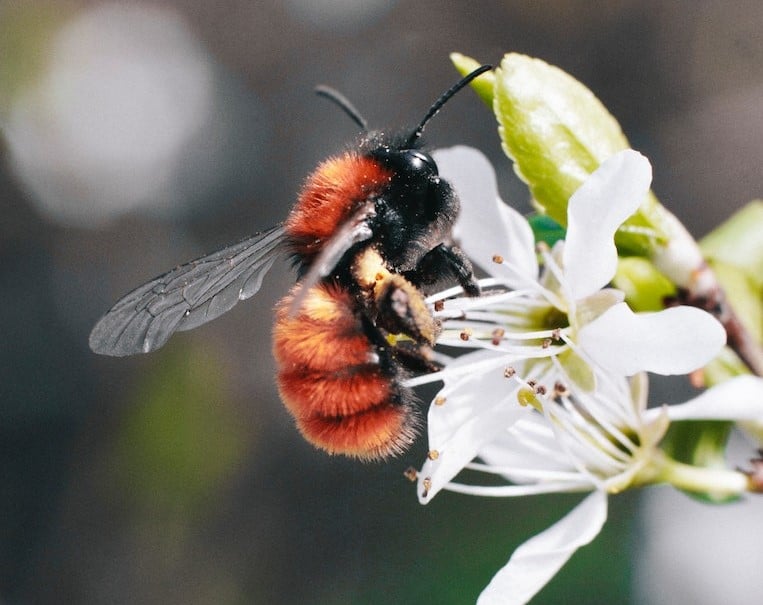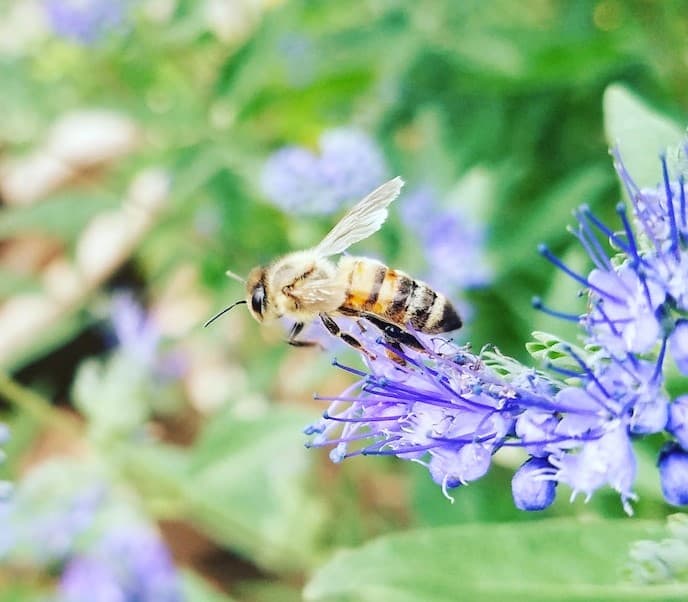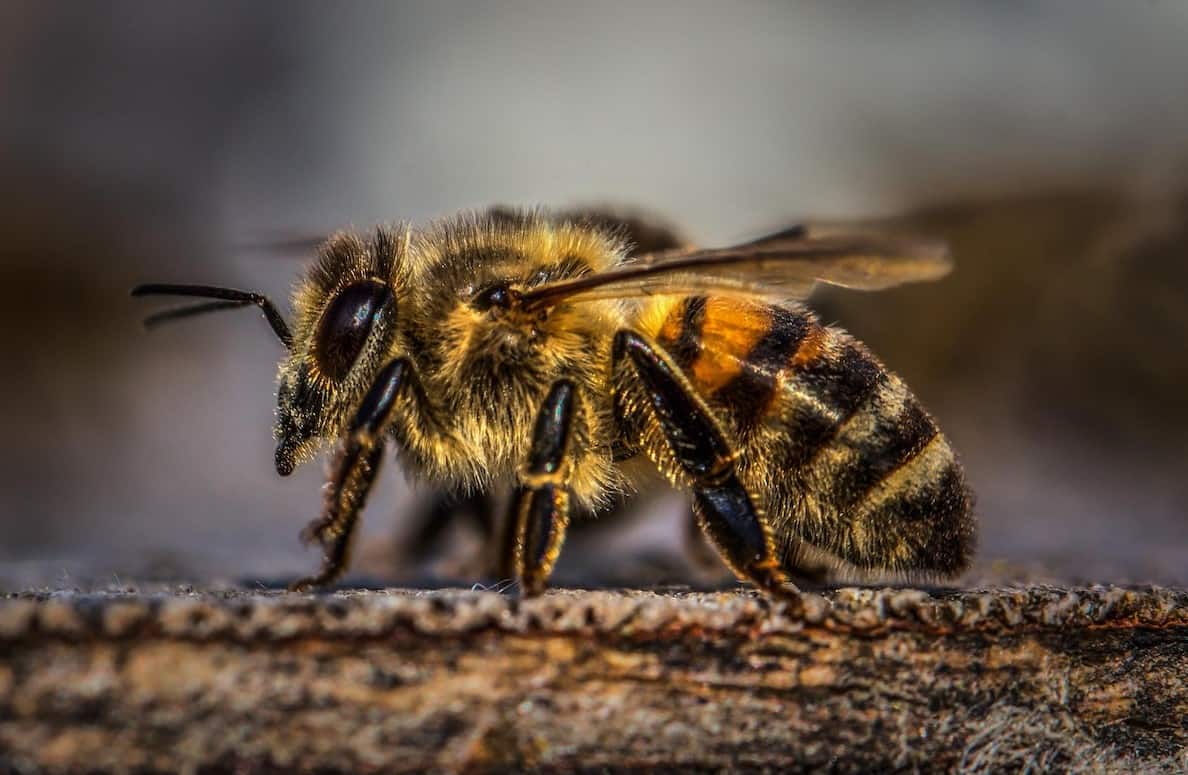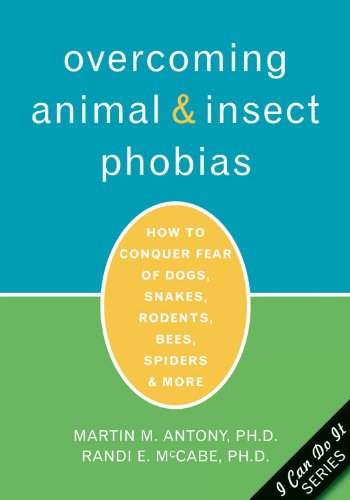A phobia or fear of bees has two names: Melissophobia and Apiphobia.
Bees are important pollinators in our ecosystem. Through their services, plants are able to produce more flowers and fruits. This, in turn, provides us with more crops and food on our tables.
However, some people look at bees as fearsome creatures that need to be eliminated. These are the people who are suffering from Melissophobia or Apiphobia.
With bees around the house and in the garden, some people do not get to enjoy the outdoors. In extreme cases, Apihobia can cause a person to suffer from anxiety attacks when they see bees near them.
In this blog post, we share the necessity of addressing one’s fear of bees to help save the bees from unnecessary killing.

What is Melissophobia or Apiphobia?
Melissophobia or Apiphobia (fear of bees) is defined as a severe adverse reaction to bees. It is a common phobia affecting many people worldwide.
Like all fears, a fear of bees can cause a person to become agitated or even hysterical. It can cause an increase in blood pressure and heart rate or a heightened anxiety level that can cause them to panic.
Mild cases of apiphobia may cause a person to simply avoid bees when they see them. However, people with severe bee phobia have been known to restrict their life activities during bee season, going so far as to never leave the house.
What Causes Apiphobia or Fear of Bees?
Fears like apiphobia don’t always have a logical or memorable cause. Some people developed fears through traumatic experiences when they were still children. Such negative experiences would be embedded in their minds and can turn into fears.
However, any person can be scared of anything for no apparent reason. It is part of being human and varies from person to person.
What causes people to develop a fear of bees? Is the fear of bees genetic?
There are some studies that suggest that genetics can play a role in regard to the fear of bees. However, research is somewhat sparse and none specific. Of the studies that do exist, some have shown that your first-degree relatives (parents, siblings, and children) may be inclined to develop similar phobias.
There is more evidence that suggests that phobic conditions like fear of bees can also come from childhood experiences or learned behaviors (our environment).
So, if someone you are close to, a friend or schoolmate, has apiphobia, you may start to fear bees too.
In some cases, it is possible for a person to trace the cause of their apiphobia back to an experience with a sting.
Others might be able to trace their fear back to an accidental run-in with a bee’s nest or swarm.
For others, exposure to a scenario of how bees attack can cause this adverse reaction.

Should You be Scared of Bees?
There is no right or wrong when it comes to phobias – we are afraid of what we are afraid of.
Being scared of bees is logical. This six-legged creature can sting, which causes pain. We instinctively avoid anything that will bring us pain.
Bee Sting Allergies
Bee stings can cause allergic reactions and swelling. The catch is that it is nearly impossible to know if you have a sting allergy – until you have been stung.
If a close relative has a known bee allergy, it might be best to avoid bees. Just to be on the safe side.
Understanding Bee Behaviors
Understanding how bees behave in the presence of people would give you an inkling of how to interact with them.
It is best always to remember that bees perceive any sudden movements as threats. Swatting at them could provoke them, which would result in attacking you.
Therefore, it is important that you stay calm. Slowly back away or remain still until they fly away on their own.
Aggressive and Placid Bee Types
Honey bees are placid creatures that will not give chase or show aggression. There are, of course, exceptions. The Africanized honey bees, or killer bees, are certainly aggressive.
This type of bee will actually signal for backup when it feels threatened. This backup from their colony is usually in the form of a swarm in the thousands.
Unfortunately, the Africanized honey bees are sensitive souls and do feel threatened easily.
So, if a bee is acting at all aggressive, move away quickly and, if possible, avoid exposure by finding an enclosed shelter.

Can Bees Really Smell Fear?
To date, there is no real evidence that bees can smell or even sense fear. This is, most likely, confusion about how bees use chemicals (pheromones) to communicate amongst themselves.
When a person gets stung by a bee, more often than not, more bees will appear, too. This is because a pheromone signal is released that basically tells their colonies they are under attack.
In response, more bees will speed to the scene, following the pheromone signal, and attack, too.
Why do Bees Sting?
A bee sting is always defensive. Remember, a bee, unlike a wasp, has only one sting and will die immediately after using it. That single sting is not something they will part with haphazardly.
A bee stings a human when they think that said human is a threat. As a result, any bee species that is stepped on or handled roughly will retaliate in defense. Bees also translate swotting and flailing arms as a threat. It is enough reason for them to attack.
The threat does not only have to be to the bee. In many cases, the bee will defend its colony or nest if it believes them to be at risk.
This is why bees sting when a nest is disturbed – like that scene with Macaulay Culkin in the movie My Girl.
How Do You Treat Apiphobia?
The treatment of apiphobia can be done successfully using a few different methods. What is key to the success of any technique is your commitment and determination.
Treating apiphobia can be a self-healing process or can be done with the assistance of a professional. There is no right or wrong way, so choose what suits you best. For severe cases, working with a medical professional to get you started may take the pressure off slightly.
Methods used for curing phobias include finding the source of your fear, Cognitive Behavioral Therapy (CBT), Behavior Modeling, and Flooding.
You might find a combination of these methods most useful. Allow yourself time for successful treatment.
Cognitive behavioral therapy (CBT)
CBT is a form of therapy that can be self-taught, done with a therapist, or even learned online using one of the many available courses.
CBT helps you become more in tune with your thoughts and reactions to situations.
With this method, you will first learn to identify your negative thoughts and feelings. You will then learn to recognize patterns in your behavior and analyze them within that moment. Lastly, you will learn how to control your thoughts and reactions to prevent negative thoughts from popping into your mind uncontrollably.
Check out this The CBT Anxiety Solution Workbook to help in your CBT process.

Behavior modeling
Behavior modeling to overcome apiphobia requires you to find a person who behaves without fear around bees.
A beekeeper would be the ideal candidate, but a fearless friend will be able to help, too.
With this method, you are required to observe how the other person behaves around bees. Start off in large open spaces where you will see an occasional bee.
Transition and work towards smaller spaces and eventually to areas where hives are kept. If you like, you might ask them what they are thinking or how they are feeling.
During your modeling sessions, try to mimic the behavior of the other person. If you feel the anxiety of your phobia coming on, recognize that feeling and try to relax. Build up the length of your sessions each time.
Flooding
This approach is usually done with the help of a professional but can be done alone. You can do this using the visualization technique or with real bees.
Alternatively, start with visualization and move on to the real thing as you proceed.
You may opt to go through Visualization Flooding. To do this, find somewhere comfortable to sit where you feel safe and will not be disturbed. Close your eyes and imagine you are in a place where there are bees present.
Be mindful of when you start to feel the anxiety of your phobia. Don’t fight it, but let it come and go.
Extend your visualization practice sessions every couple of days. The more you become comfortable with the anxiety and understand that it will naturally subside, the less scared you will feel.

Phobias can be unpredictable and irrational, so give yourself time.
For quicker methods of overcoming phobias, you might consider hypnotherapy. And, of course, it is always best to seek advice, diagnosis, or treatment from medical professionals.
Helpful Resources
Here are some interesting books on how to deal with the fear of bees!
Hopefully, appreciating the benefits these bees bring to the beekeeping community and the environment will help you overcome your fear of bees. Understanding these bees would help us co-exist with them harmoniously for life.


